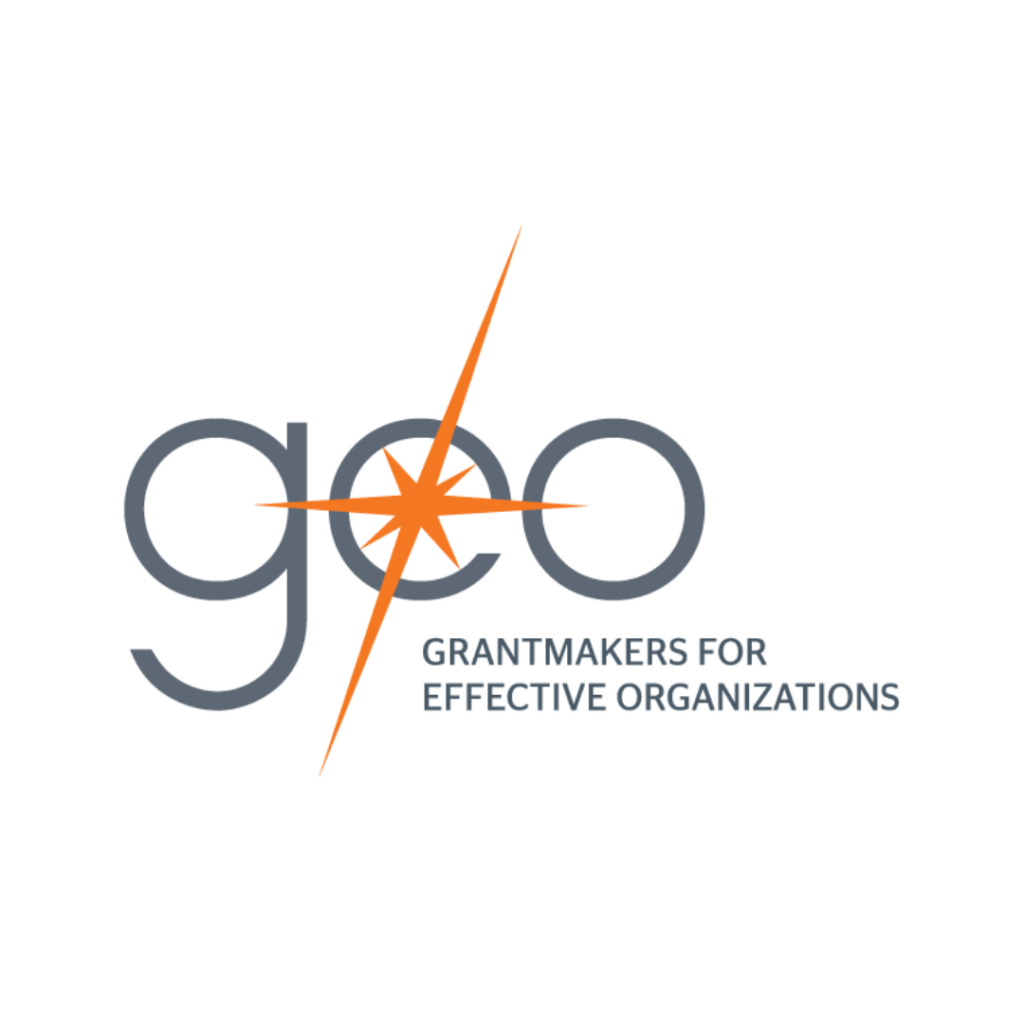Historically, readiness was considered a state – a set of conditions one could reach –at which point an organization would be deemed fit to work successfully for a predictable period of time. Such an approach to readiness wasn’t without problems, including significant equity issues. But in today’s world, this approach has been rejected, wrestled with and reimagined, and emerges expansive and evolved.
Might we shift our concept of readiness from a static end? Is there such a thing as situational readiness that we can wrap our philanthropic practices around? TCC Group has been re-examining readiness with this goal in mind, and we have articulated four principles to guide such a reorientation. This blog discusses translating two of those principles into concrete behaviors. The remaining two (context specific and history and values) will be covered in a subsequent article.
Readiness Reimagined is Malleable
Our first principle is about shifting from readiness as a tunnel destination with only the desired goal in mind, to readiness as a searchlight mindset discovering learnings along the way. This opens the door to what psychologist Carol Dweck describes as a growth mindset, which, for readiness, allows us to consider expanded scenarios, forces us to challenge what we consider to be essential and invites feedback. To make this shift, funders can exercise a malleable approach to readiness by:
Admitting we don’t know all that it will take to be ready to be successful.
It is alluring to want to have the answers, especially in complex circumstances. But starting from a place of humility is precisely the charge given to us by GEO CEO Marcus Walton in his year-end message: “As grantmakers, we must wrestle with the uncomfortable realization that solutions and responses can shift because the challenges that nonprofits and communities face, too, change over time. This takes courage: to admit that we may not always know what nonprofits and communities need to thrive."
Practicing Bi-directional or Systems Thinking
Rather than a readiness to DO something, consider a readiness to be IN something — a part of a greater whole. A funder we worked with provided support to young kids through a mentoring program. The model was designed to build the readiness of mentors to provide, and mentees to receive, mentorship. After looking at program evaluation data, it became clear that mentors were benefiting as much, if not more, than the mentees. The organization had totally missed leveraging this opportunity. By shifting to focus on building readiness for both parties to give and receive benefit, the organization enhanced the overall effectiveness of the program.
Seeking Alignment on Mission Objectives
When a grantee reached out to her funder for a renewal grant, she received a transactional application which seemed to only seek to understand if they were ready to institute a program. She asked for a meeting with the funder and discussed the program purpose and how it would fit with the mission goals of the funder’s portfolio. By shifting the starting place from a transactional readiness to a mission alignment readiness, both parties felt the subsequent grant proposal was better focused and that they understood the assumptions about how it fit within a broader ecosystem.
Readiness Should be Explicit and Jointly Determined
Readiness considerations need conversations and require inviting multiple perspectives. For funders, this includes shifting practice from assessing a grantee’s readiness to jointly exploring what it will take to achieve needed change. Two behaviors that funders can practice include:
Naming that learning is important.
A simple commitment to learning helps cultivate an emergent readiness. It says, “I don’t expect your program to necessarily stay the same and I want to understand how you are learning and adapting to your environment to best deliver on our shared commitment to achieving mission.” Include a question on learning in applications, and foster learning through conversations, data sharing and evaluation designs.
Engaging in “readiness” conversations.
Rather than swapping documents that “show” readiness, have a conversation where the funder and the grantee talk about what is needed to advance the work. This forces funders to be more transparent in what they think constitutes readiness and allows grantees to share how they are thinking about their role and positioning. One funder we worked with did this by having a grant kick-off call and ongoing dialogue series to share assumptions, ambitions and challenges over time.
Conclusion
Today’s changing world requires an overhaul in how we think of readiness. We must recognize that readiness will change — that it is malleable. We should embrace coming to an explicit and shared determination of what it will take to meet the moment. In this blog we have identified a handful of concrete actions funders can implement to shift to a new readiness mindset. Contact us here to share your ideas, and to receive the second piece in this series.


